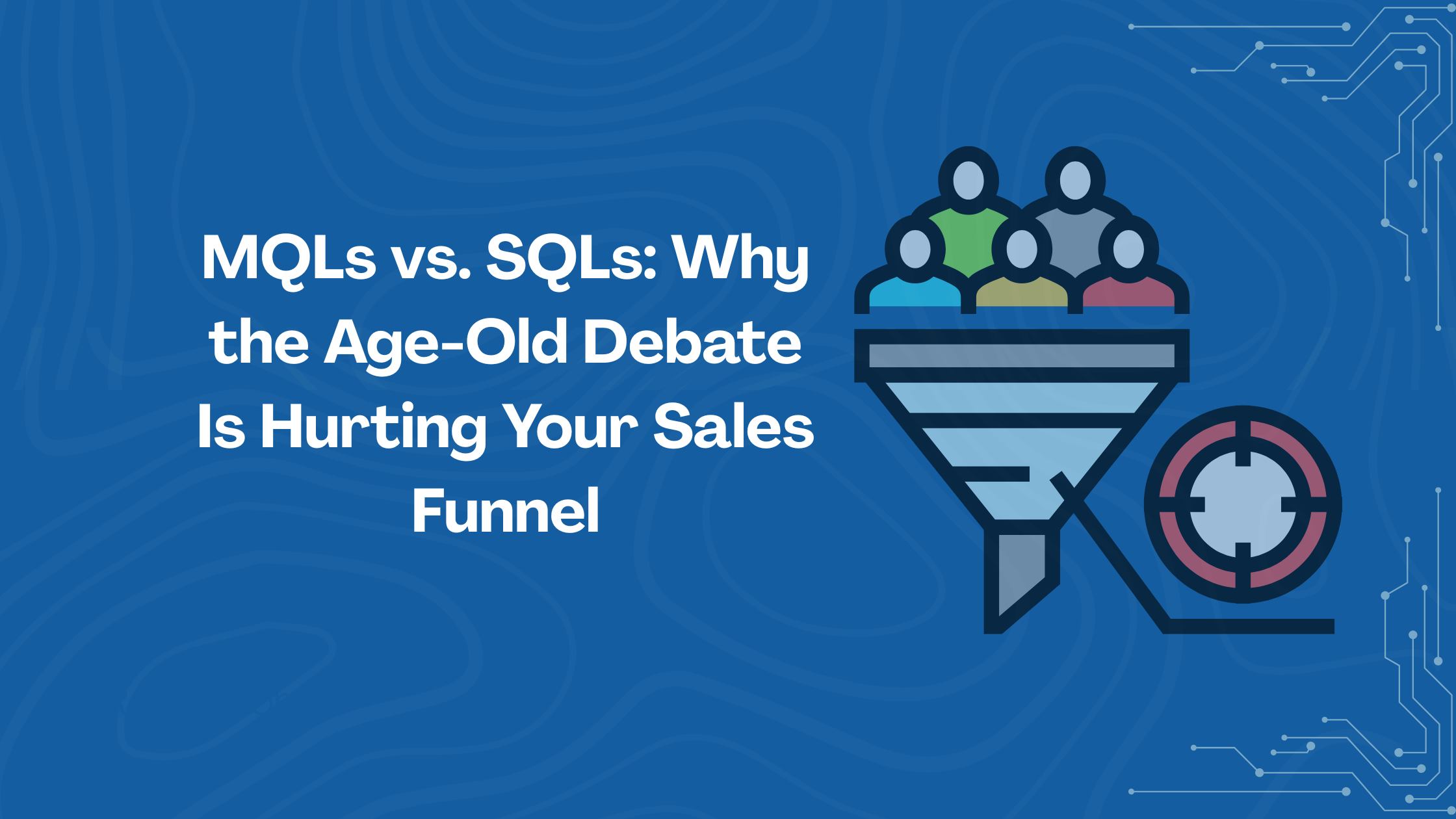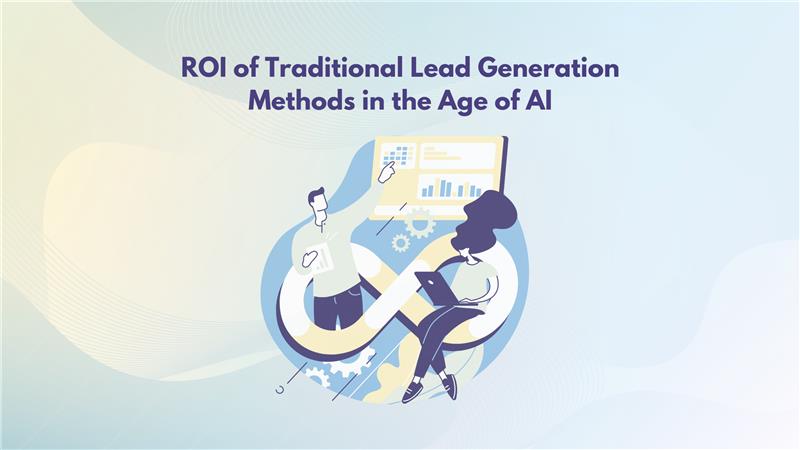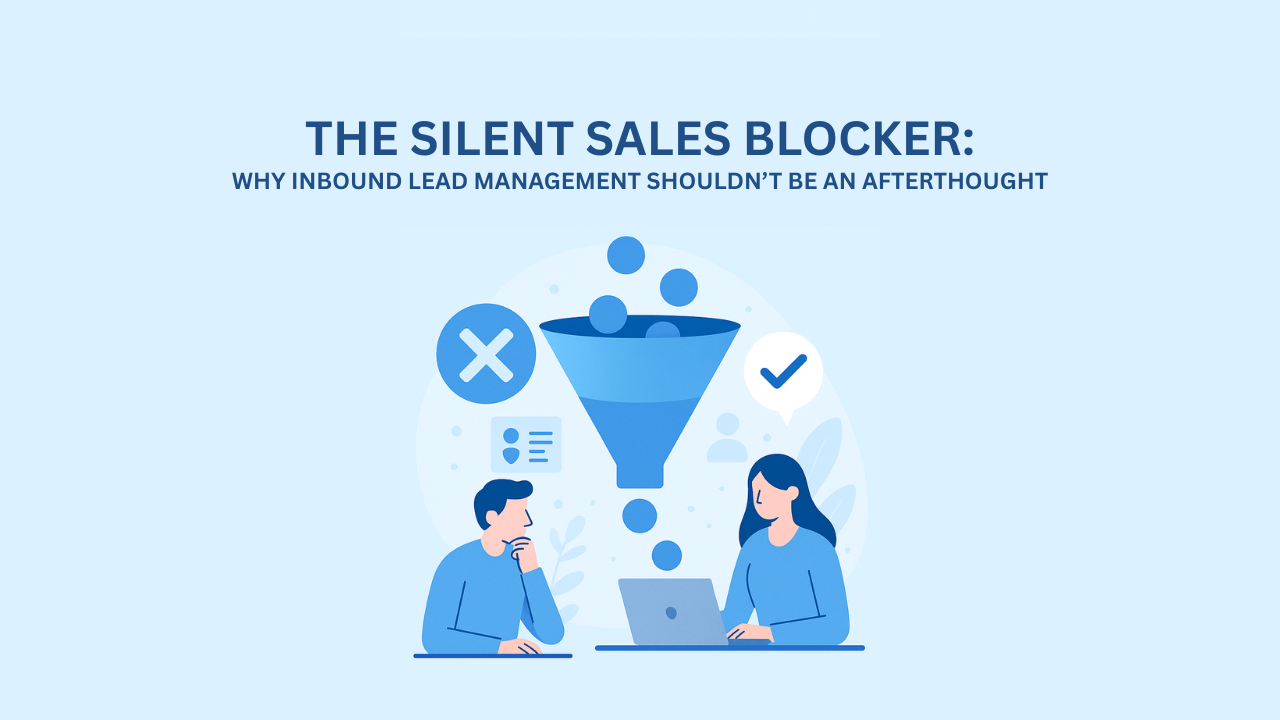
Metrics to track for Account-based Marketing
Account-based marketing (ABM) diverges from the path of traditional marketing goal to fill the top of the marketing funnel by focusing on the key accounts with high chance of conversion. This is the reason why ABM is also called ‘key’ account marketing.
While traditional marketing depends mostly on the lead generation metrics (which include clickthrough rates and cost per lead) to attain their goal, they are not of much use when it comes to ABM. ABM’s focus is not on new lead generation, but on activating a small number of right leads. Simply put, ABM looks more on quality than quantity by tracking the engagement and thereby the progress throughout the funnel.
Switching to ABM without updating to the required metrics would create difficulty in tracking progress. There are five such types of metrics that are crucial here:
- Data Coverage: The metrics under this category focuses on maximising the quality of the data that has been compiled. Once the target account list is created, these metrics which include intent scoring and engagement history, ensure that the database has the right people and that it is complete. The goal is to streamline every stage of the ABM towards the right leads. To attain that, these metrics provide reviews of additional insights along with basic contact information of the accounts, which gives an idea of how well the target accounts are researched. This gives an insight into key stakeholders in every account and account-specific content.
- Awareness: To gain the trust of the target audience and become known and liked by them is the goal of every brand. The services or products provided by a brand can be sophisticated, but to make the high priority leads aware of the brand and its services is still quite a task. This is why brand awareness is an essential category of metrics for ABM. But unlike the usual quality assessment route that the other ABM metrics take, brand awareness metrics focus on the quantity. Target account interactions and insights into web traffic, in addition to analytics tools, are the main ways by which brand awareness can be analysed. These metrics track how often the target accounts interact with the marketing or sales team of the brand.
- Engagement: The engagement category of ABM metrics is essentially all about time. A step further from brand awareness metrics, this category provides info regarding when the leads are qualified. The main goal of engagement metrics is to provide data of the amount of time the target accounts spend on engaging with the brand. This data could be obtained by tracking website activity, social media engagement, product usage or even interactions with the sales team. Engagement metrics also give a clearer picture of the quality of the content used by the brand.
- Reach: This category focuses on strategic retrospection. These metrics have two goals: a) to assess whether the brand is reaching the right accounts,b) to understand the wastage in the efforts and the ABM strategies.Each aspect of the marketing needs to be evaluated to understand this. One way to assess reach is by looking at personalised content, which is an essential part of ABM. Comparing different such content gives a better understanding about the reach and efficiency of the ABM strategy that the brand has opted for. Another approach to track the efficiency is through channels, by looking at event attendance in campaigns, and the account participation and success in them. Furthermore, this approach figures out what percentage of the success comes from key accounts.
- Influence: Metrics under the influence category looks deeper into the ABM activities. This is to analyse whether the activities are generating the required result,i.e., influence sales outcomes to go higher. These metrics help to determine which of the activities played key roles in the buyer’s journey. Metrics such as win rates, retention, deal velocity and customer satisfaction are helpful in analysing the influence, and thereby gives a scale of success to each tactic. This information is crucial in understanding what activities work best for the brand. In other words, the metrics of this type nudge the brand to make it’s marketing effective by identifying what matters, and to focus more on things that matter.
These five types of metrics are key to achieving a better result from account-based marketing, which is a key approach in the B2B sector. Our marketing and sales team at infoAnalytica constantly work together to give great conversion rates and results to the clients.

AI is rapidly changing the sales landscape, automating outreach, personalizing engagement, and handling routine tasks at scale. But does this mean the traditional Sales Development Representative (SDR) role is becoming obsolete?

ROI of Traditional Lead Generation Methods in the Age of AI

In today’s hyper-connected B2B environment, companies invest thousands, sometimes millions, into driving traffic, generating content, running campaigns, and getting potential buyers to raise their hands.
But what happens when those inbound leads actually do show up?